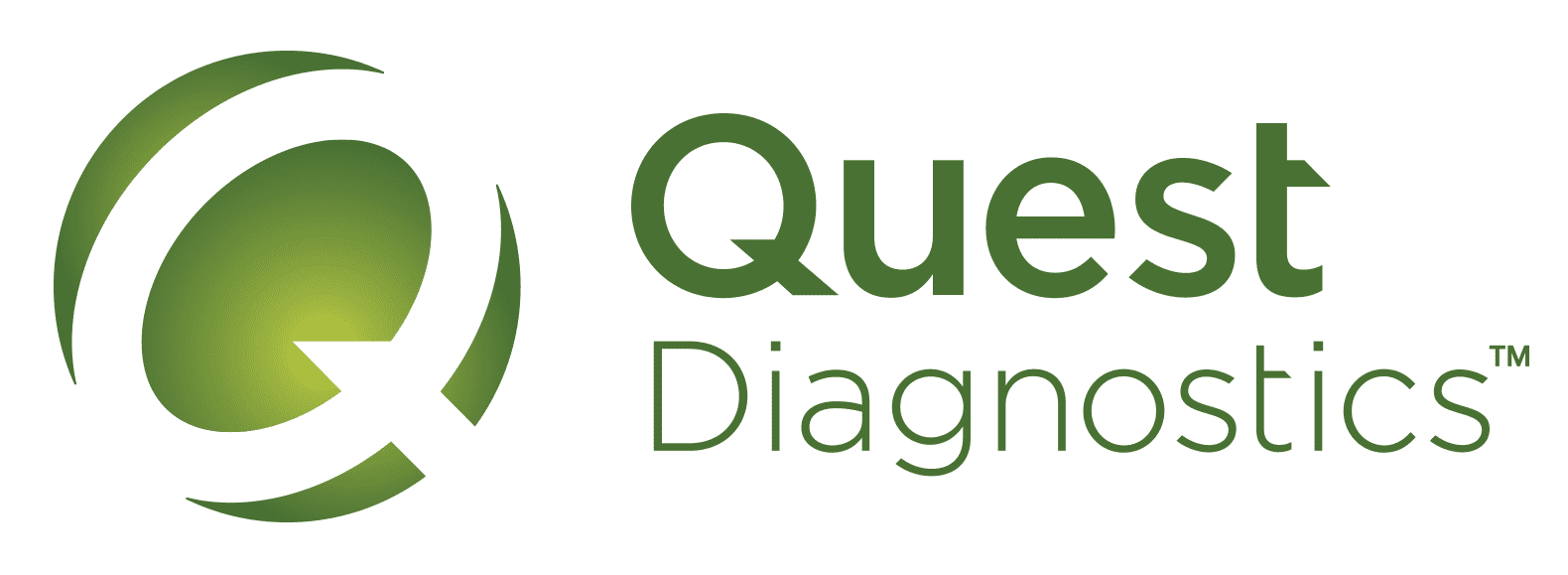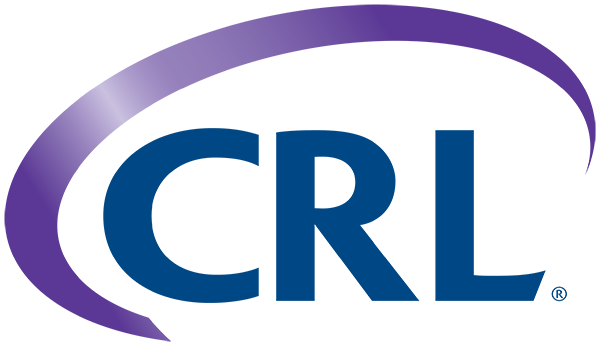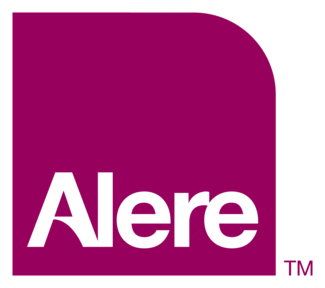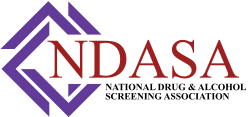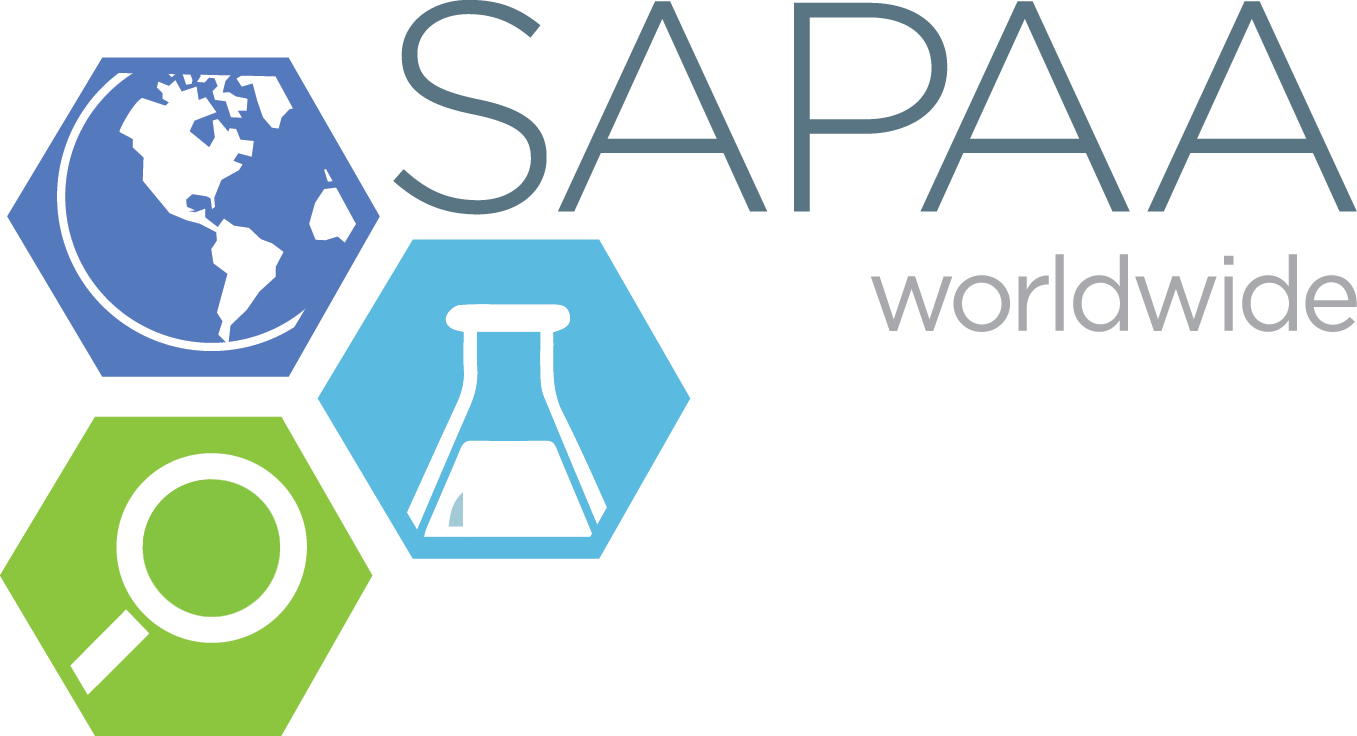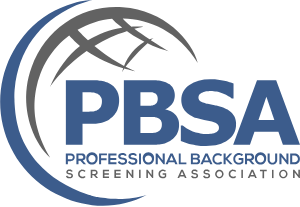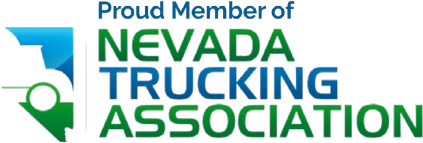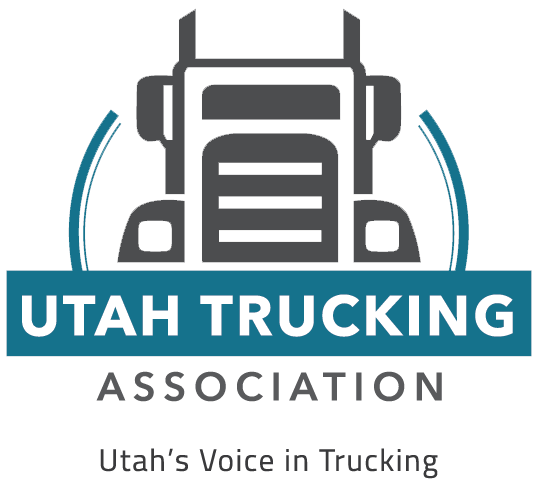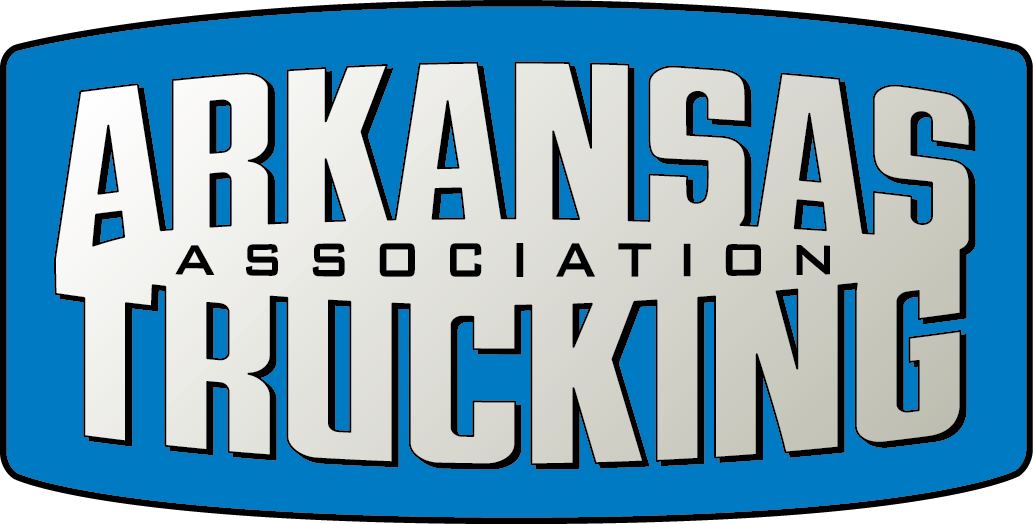Occupational Health Services - Other
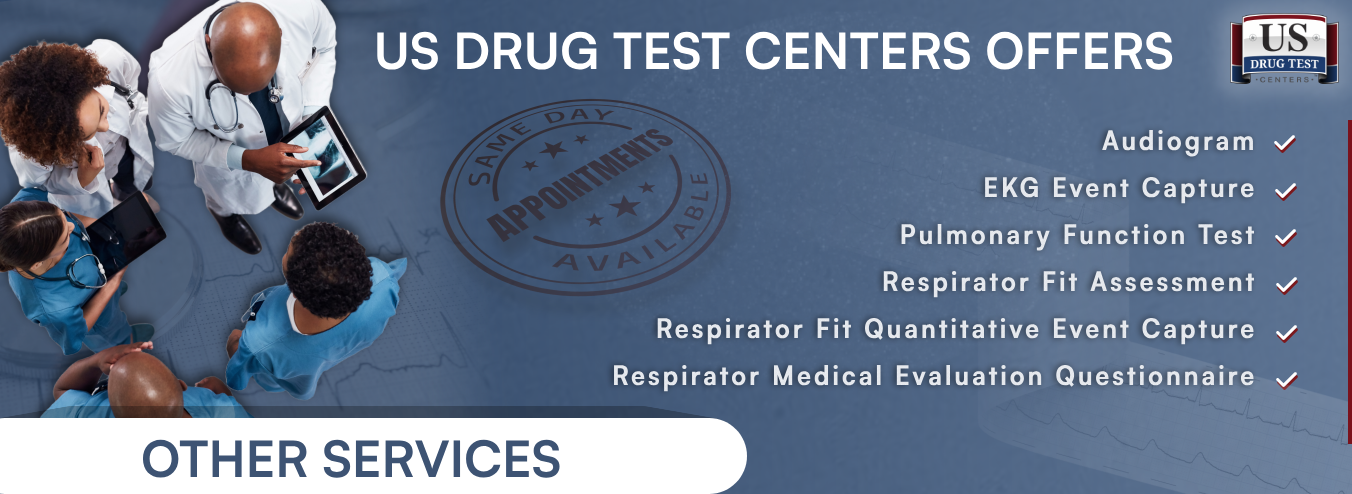
Last Updated: February 10, 2025
Services
Audiogram
Overview & Purpose
Audiogram testing is a key component of occupational health programs designed to assess and monitor an employee's hearing ability over time. It helps identify hearing loss caused by prolonged exposure to workplace noise, aging, or medical conditions. The test measures hearing sensitivity across different frequencies and is typically performed using an audiometer in a soundproof environment. In addition to providing an overall hearing assessment.
Industries such as manufacturing, construction, aviation, transportation, and emergency services often require regular audiometric testing to ensure workers meet hearing safety standards and comply with Occupational Safety and Health Administration (OSHA) regulations. It is especially crucial in high-noise environments (≥85 dB) where employees are at risk of noise-induced hearing loss (NIHL).
Establishes baseline hearing levels and monitors changes over time, allowing for early intervention before permanent hearing loss occurs. US Drug Test Centers meets OSHA, NIOSH, and industry-specific hearing conservation program requirements, reducing legal and financial risks.
Includes
- Audiogram: A frequency-specific hearing test that measures capability across individual frequencies, painting a detailed picture of the type, degree, and configuration of hearing loss by playing a series of tones over headphones
Regular screenings help identify gradual hearing decline, prompting adjustments in work habits or protective equipment use.
EKG Event Capture
Overview & Purpose
Electrocardiogram (EKG or ECG) testing is a vital component of occupational health programs that assesses the electrical activity of the heart. It helps detect abnormal heart rhythms (arrhythmias), signs of heart disease, and other cardiovascular conditions that could impact an employee's ability to perform physically demanding or high-risk tasks.
EKG testing is commonly used in pre-employment screenings, periodic health assessments, and fitness-for-duty evaluations for employees in safety-sensitive industries such as healthcare, transportation, emergency response, aviation, construction, and law enforcement. It ensures that workers are physically fit for their roles, reducing the risk of cardiac-related incidents on the job.
Includes
- Electrocardiogram (EKG): An EKG is a quick and painless procedure that typically takes about 5-10 minutes, and involves placing electrodes on the individual’s chest. A cardiac signal is recorded, and the results are interpreted by a specialist
Pulmonary Function Test
Overview & Purpose
Pulmonary Function Testing (PFT) is a critical component of occupational health programs that assesses lung function and capacity. These tests measure how well an employee's lungs work by evaluating airflow, lung volume, and gas exchange efficiency. PFTs are essential for identifying respiratory conditions such as asthma, chronic obstructive pulmonary disease (COPD), and occupational lung diseases caused by workplace exposures to dust, chemicals, fumes, and other airborne hazards.
Pulmonary function tests are commonly used in pre-employment screenings, periodic health assessments, and fitness-for-duty evaluations for workers in industries such as manufacturing, construction, mining, firefighting, healthcare, and chemical processing. They help ensure employees can safely perform tasks requiring physical exertion or respiratory protection.
Includes
- Pulmonary Function Test (PFT): The individual breathes deeply and forcefully into a spirometer through a mouthpiece, measuring the maximum amount of air exhaled after a deep breath, as well as the force of air in the first second of exhaling
US Drug Testing’s PFT testing detects early signs of respiratory conditions, monitors workplace exposure, and supports regulatory compliance.
Respirator Fit Assessment
Overview & Purpose
A Respirator Fit Assessment (Fit Test) is a necessary component of occupational health programs designed to ensure that employees who wear respirators for workplace safety achieve a proper and secure fit. A fit test determines whether a specific respirator forms an effective seal around the wearer’s face, preventing the inhalation of hazardous airborne contaminants such as dust, fumes, chemicals, or infectious agents.
-
This assessment is required by the Occupational Safety and Health Administration (OSHA) Respiratory Protection Standard (29 CFR 1910.134) and must be conducted:
-
Before an employee uses a respirator for the first time
-
Annually as part of ongoing safety compliance
-
Whenever there are changes that could affect the fit, including significant weight changes, facial surgery, dental work, or new respirator models
-
Includes
- Qualitative Fit Test: A pass/fail test using odor, taste, or irritation to detect leaks, and is used for half-mask respirators, including N95 masks
Respirator Fit Quantitative Event Capture
Overview & Purpose
A Respirator Fit Assessment (Fit Test) is a critical component of occupational health programs designed to ensure that employees who wear respirators for workplace safety achieve a proper and secure fit. A fit test determines whether a specific respirator forms an effective seal around the wearer’s face, preventing the inhalation of hazardous airborne contaminants such as dust, fumes, chemicals, or infectious agents.
-
This assessment is required by the Occupational Safety and Health Administration (OSHA) Respiratory Protection Standard (29 CFR 1910.134) and must be conducted:
-
Before an employee uses a respirator for the first time
-
Annually as part of ongoing safety compliance
-
Whenever there are changes that could affect the fit, including significant weight changes, facial surgery, dental work, or new respirator models
-
Includes
- Quantitative Fit Test: Uses a machine to measure the amount of leakage, providing a numeric fit factor for a more precise assessment, and is used for tight-fitting respirators including full-face models
Respirator Medical Evaluation Questionnaire
Overview & Purpose
A Respirator Fit Evaluation Questionnaire is a questionnaire required in occupational health programs to determine if an employee is medically fit to wear a respirator while performing job duties. This evaluation is key in workplace respiratory protection programs, ensuring that workers can safely use respirators without health risks.
The questionnaire is part of the Occupational Safety and Health Administration (OSHA) Respiratory Protection Standard (29 CFR 1910.134) and must be completed by employees who are required to wear respirators for tasks involving hazardous dust, fumes, chemicals, infectious agents, or oxygen-deficient environments.
A licensed healthcare professional reviews the completed questionnaire to identify any medical conditions (e.g., lung disease, heart problems, or claustrophobia) that could interfere with safe respirator use. Depending on the results, the employee may be cleared for respirator use or may require further medical testing, such as a Pulmonary Function Test (PFT) or an in-person evaluation.
Includes
- Respirator Fit Assessment: This OSHA-required questionnaire is filled out, and then is reviewed by a medical professional to ensure medical fitness
US Drug Testing provides the questionnaire as well as the medical review in a timely, secure way.
Industries that can benefit from testing
|
Hospitals Clinics Physician Offices Rehabilitation Centers Hospice Skilled Nursing Facilities Dentist Offices Dialysis Centers School Nurses Phlebotomy Providers In-Home Care Providers Long-Term Care Facilities Pharmacy Laboratory Service Providers |
Pharmaceutical Research Biotechnology Firms Emergency Service Providers Firefighters EMTs Police Officers Public Safety Officers Public Transportation Corrections Officers Manufacturing Companies Food Service Providers Hotel & Hospitality Employees Cruise Ships Government |
Educational Institutions Schools Colleges Tutors Childcare Providers Daycare Airlines Airport Workers Entertainers Venue Employees Stadiums & Concert Halls Conference Centers Transportation Companies |

